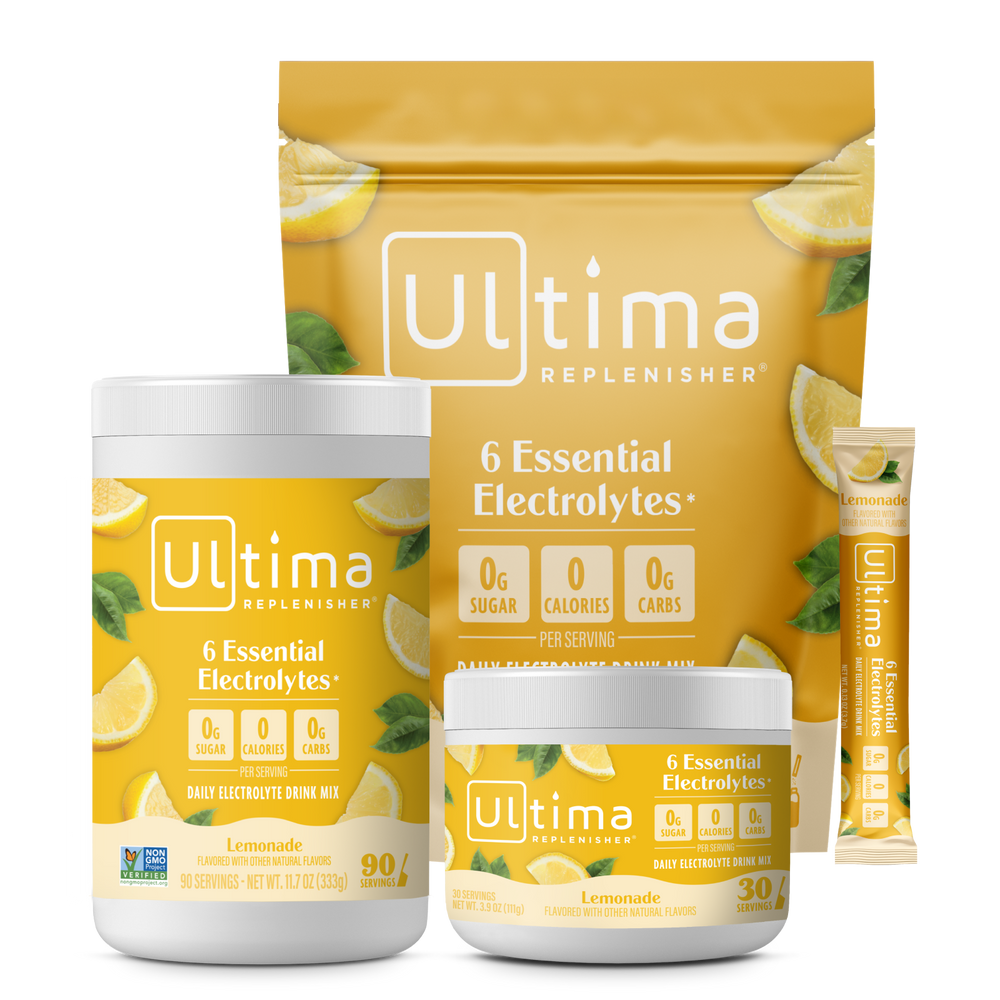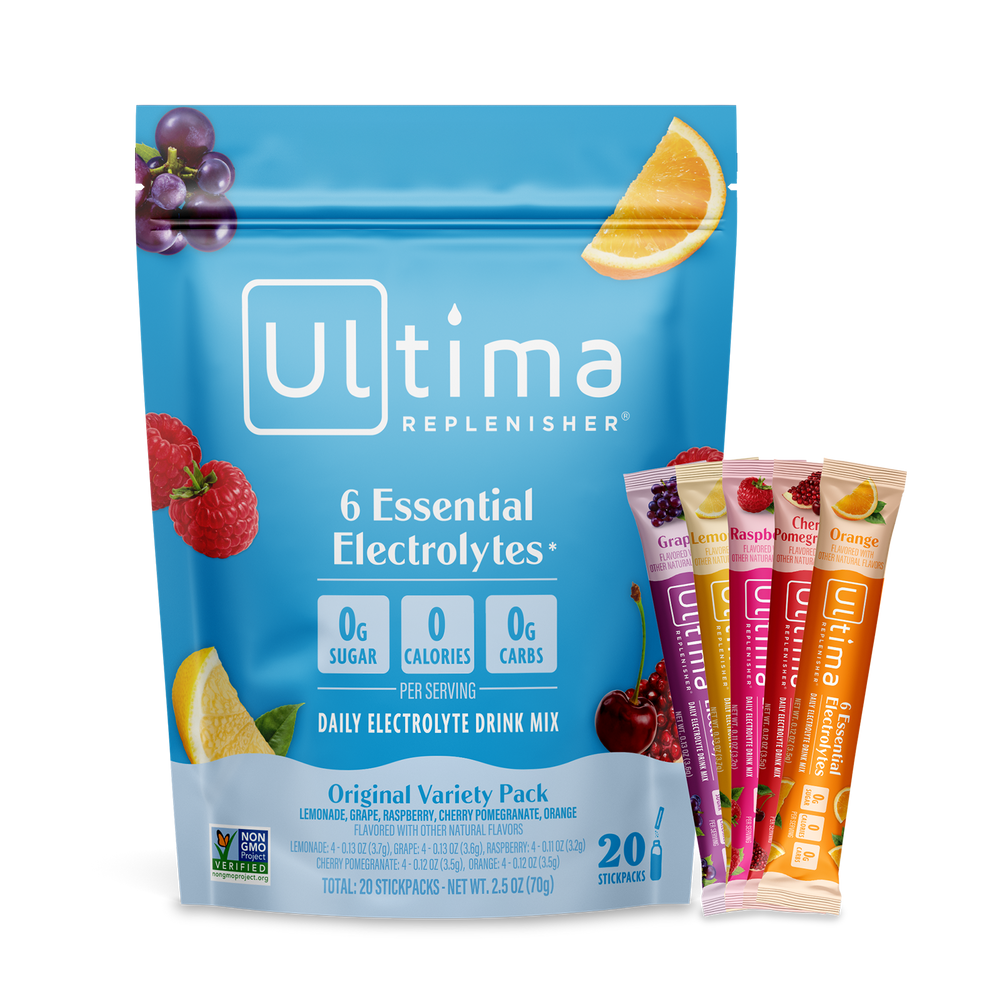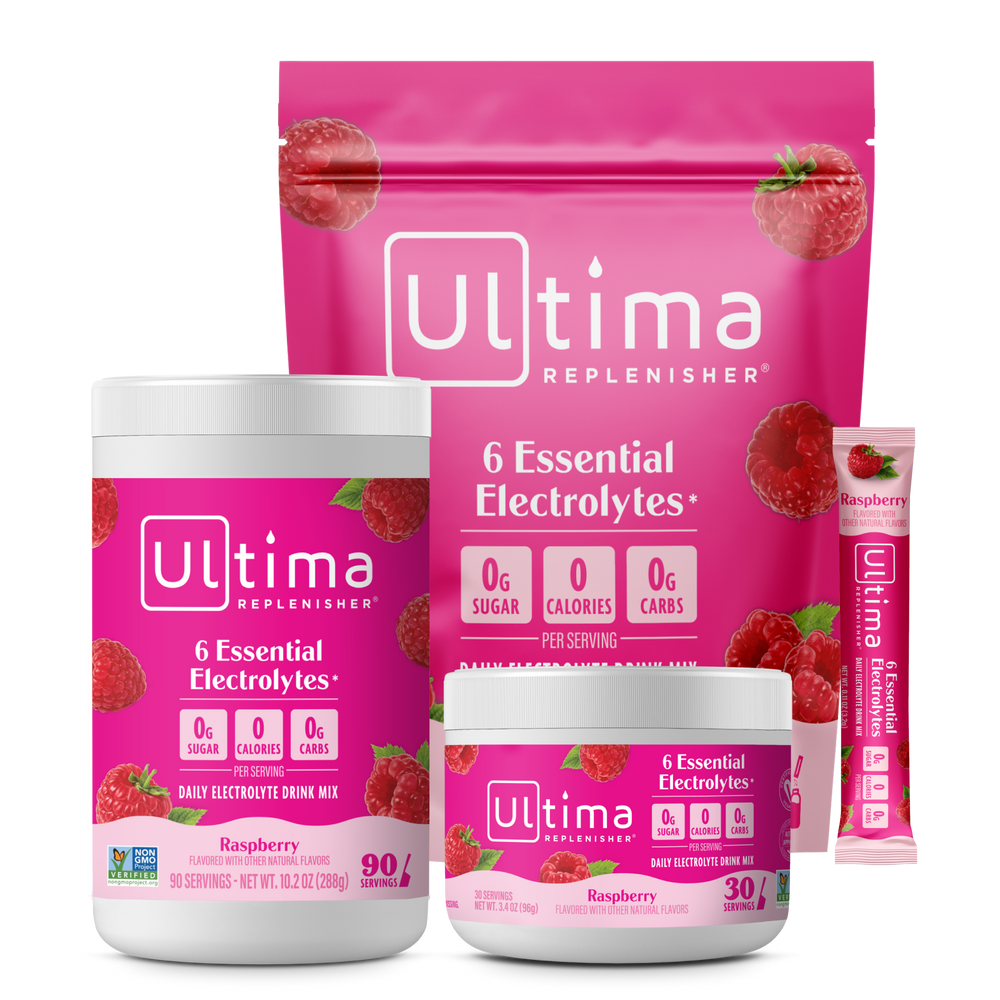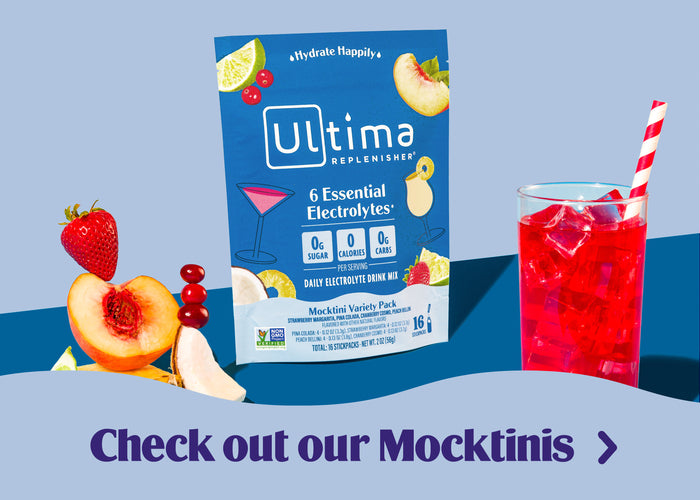
Sugar Savvy: Tips and Tricks to Reduce Your Daily Sugar Intake
Ready to transform your relationship with sugar and embrace a healthier lifestyle? Us, too! The American Heart Association recommends women limit their added sugar intake to 6 teaspoons or 25 grams per day, and men should limit theirs to 9 teaspoons or 37.5 grams per day. By contrast, most Americans eat anywhere from 55-92 grams of added sugar per day. Yikes!
It’s surprisingly easy for sugar consumption to add up quickly because it often isn’t obvious to spot. We’ll help you unveil sneaky sources of added sugar, provide practical tips to reduce your intake and share strategies to manage cravings.
How to Identify Hidden Sugars & Cut Out Added Sugar
Your favorite sauces, dressings, and condiments are loaded with sugar. Even many low-fat and fat-free yogurts contain added sugar. Get savvy with reading labels to spot hidden sugars and their aliases, such as agave, cane sugar, corn syrup, fructose, and anything ending in “ose”, like dextrose, glucose, sucrose, and maltose. The higher up sugar is on the ingredient list, the higher the amount of added sugar is in the food. Get used to reading ingredient lists to help pick healthier options. For more information about identifying and avoiding hidden sugars, read more on our blog.
Start small: substitute sugary snacks
Instead of reaching for sugar snacks, opt for healthier alternatives that can still satisfy your cravings. Mostly, the trick is to choose whole foods over processed foods for a nutritious boost.
Smart swaps and breakfast choices
- Eliminate or reduce sugar or honey in your coffee and tea.
- Swap your sugary beverages with healthier sugar-free options. Need inspiration? Check out our recipes page!
- Limit sugar intake at breakfast —avoid processed cereals, maple syrup, and resist the urge to add sugar to your healthy cereal or oatmeal.
- Opt for natural sweetness, perhaps in the form of fresh or frozen fruit.
- Fuel up with a protein-rich breakfast with some healthy fats, like scrambled eggs topped with avocado.
- Pair foods that contain sugar with foods high in fiber, protein, or healthy fats to help stabilize your blood sugar levels and reduce cravings.
Once you get the hang of this, apply what you’ve learned to lunch and dinner as well.
Tips for Reducing Sugar Intake & Dealing with Sugar Cravings
Sugar cravings often stem from imbalances in your blood glucose levels. Low blood sugar levels can trigger cravings to get you to bring your levels back up. Other factors like stress, medications, hormone imbalances, health conditions, and even lack of sleep can also play a role. Manage stress to curb cravings by meditating, exercising, and avoiding inflammatory foods. Sometimes, we even create mental habits like getting a snack at 3p.m. to bust the mid-afternoon slump.
When cravings strike, try drinking 8 to 16 ounces of water, as the craving might be an indication of dehydration. This is where Ultima electrolyte stickpacks come in handy. They’re easy to store or take with you and mix easily in 16 ounces of water to help give you an added hydration boost. The 6 vital electrolytes you get help maintain critical body functions that help you avoid feeling fatigued, which can often be mistaken for hunger. Once you’re rehydrated, check back in with your body. If you’re still feeling hungry, consider refueling with a protein or fiber-based snack.
Long-Term Strategies for a Low-Sugar Lifestyle
Baby steps are the key to making your healthy habits stick. Don’t try to do too many things at once and put yourself at risk for burnout. Plan and prep meals in advance to avoid reaching for processed foods when you’re short on time. Seek support from family and friends or virtual groups to help make your lifestyle transition easier. Above all, celebrate your small steps, and don’t be too hard on yourself if you indulge now and again!








